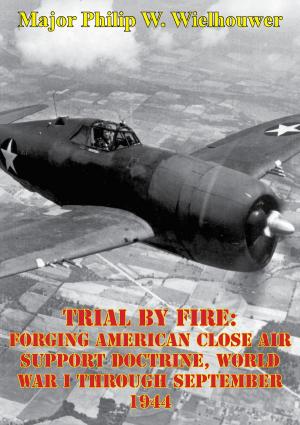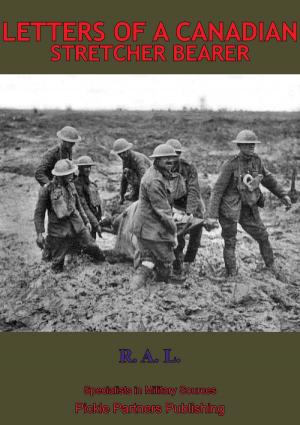Swinging The Sledgehammer: The Combat Effectiveness Of German Heavy Tank Battalions In World War II
Nonfiction, History, Germany, European General, Military, United States| Author: | Major Christopher W. Wilbeck | ISBN: | 9781782897538 |
| Publisher: | Lucknow Books | Publication: | August 15, 2014 |
| Imprint: | Lucknow Books | Language: | English |
| Author: | Major Christopher W. Wilbeck |
| ISBN: | 9781782897538 |
| Publisher: | Lucknow Books |
| Publication: | August 15, 2014 |
| Imprint: | Lucknow Books |
| Language: | English |
This thesis is a historical analysis of the combat effectiveness of the German schwere Panzer-Abteilung or Heavy Tank Battalions during World War II. During the course of World War II, the German Army developed heavy tank battalions to fulfill the concept of breaking through enemy defenses so faster, lighter mechanized forces could exploit the rupture. These heavy tank battalions had several different tables of organization, but were always centered around either the Tiger or the Tiger II tank. They fought in virtually every theater of Europe against every enemy of Germany. Ultimately, the German military created eleven Army and three Waffen-SS heavy tank battalions. Of the Army battalions, the German command fielded ten as independent battalions, which were allocated to Army Groups as needed. The German Army assigned the last heavy tank battalion as an organic unit of the elite Panzer Grenadier Division Grossdeutschland. The Waffen-SS allocated all of their battalions to a different Waffen-SS Corps.
Because these units were not fielded until late in 1942, they did not participate in Germany’s major offensive operations that dominated the early part of World War II. Germany’s strategic situation after mid-1943 forced their military onto the defensive. Consequently, there are very few instances when heavy tank battalions attacked as a breakthrough force. During the latter part of the war, they were used in many different ways to provide defensive assistance along very wide frontages. This study assesses the German heavy tank battalions as generally effective, primarily because of the high kill ratio they achieved. However, based upon observations from a wide variety of examples, this study also outlines several areas where changes may have increased their effectiveness.
This thesis is a historical analysis of the combat effectiveness of the German schwere Panzer-Abteilung or Heavy Tank Battalions during World War II. During the course of World War II, the German Army developed heavy tank battalions to fulfill the concept of breaking through enemy defenses so faster, lighter mechanized forces could exploit the rupture. These heavy tank battalions had several different tables of organization, but were always centered around either the Tiger or the Tiger II tank. They fought in virtually every theater of Europe against every enemy of Germany. Ultimately, the German military created eleven Army and three Waffen-SS heavy tank battalions. Of the Army battalions, the German command fielded ten as independent battalions, which were allocated to Army Groups as needed. The German Army assigned the last heavy tank battalion as an organic unit of the elite Panzer Grenadier Division Grossdeutschland. The Waffen-SS allocated all of their battalions to a different Waffen-SS Corps.
Because these units were not fielded until late in 1942, they did not participate in Germany’s major offensive operations that dominated the early part of World War II. Germany’s strategic situation after mid-1943 forced their military onto the defensive. Consequently, there are very few instances when heavy tank battalions attacked as a breakthrough force. During the latter part of the war, they were used in many different ways to provide defensive assistance along very wide frontages. This study assesses the German heavy tank battalions as generally effective, primarily because of the high kill ratio they achieved. However, based upon observations from a wide variety of examples, this study also outlines several areas where changes may have increased their effectiveness.
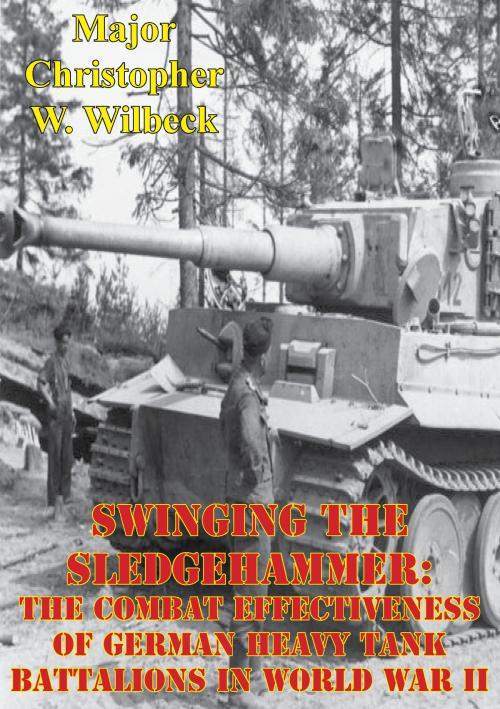


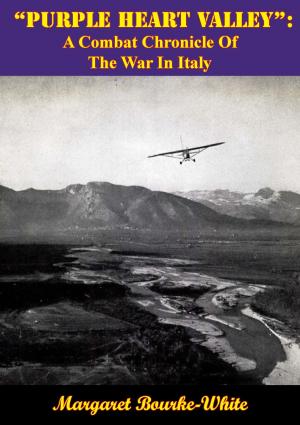

![Cover of the book Gallipoli [Illustrated Edition] by Major Christopher W. Wilbeck](https://www.kuoky.com/images/2012/april/300x300/9781782890966-owHm_300x.jpg)

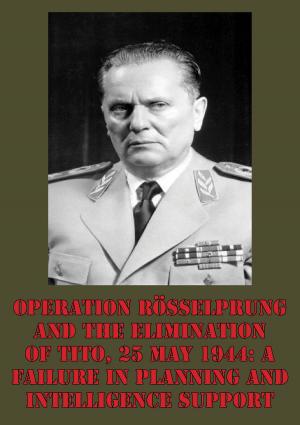
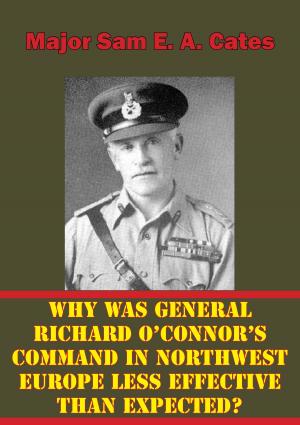
![Cover of the book Go, Get ‘Em! —The True Adventures Of An American Aviator Of The Lafayette Flying Corps - [Illustrated Edition] by Major Christopher W. Wilbeck](https://www.kuoky.com/images/2013/january/300x300/9781782891178-L678_300x.jpg)
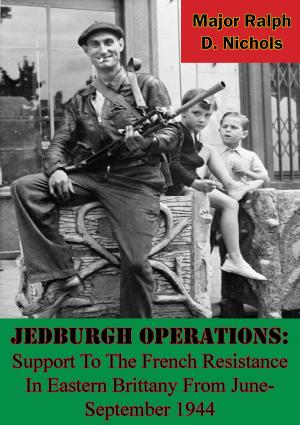
![Cover of the book Small Unit Actions [Illustrated Edition] by Major Christopher W. Wilbeck](https://www.kuoky.com/images/2014/august/300x300/9781782892526-t6wt_300x.jpg)

![Cover of the book Contemptible [Illustrated Edition] by Major Christopher W. Wilbeck](https://www.kuoky.com/images/2015/november/300x300/9781786251114-fijE_300x.jpg)
